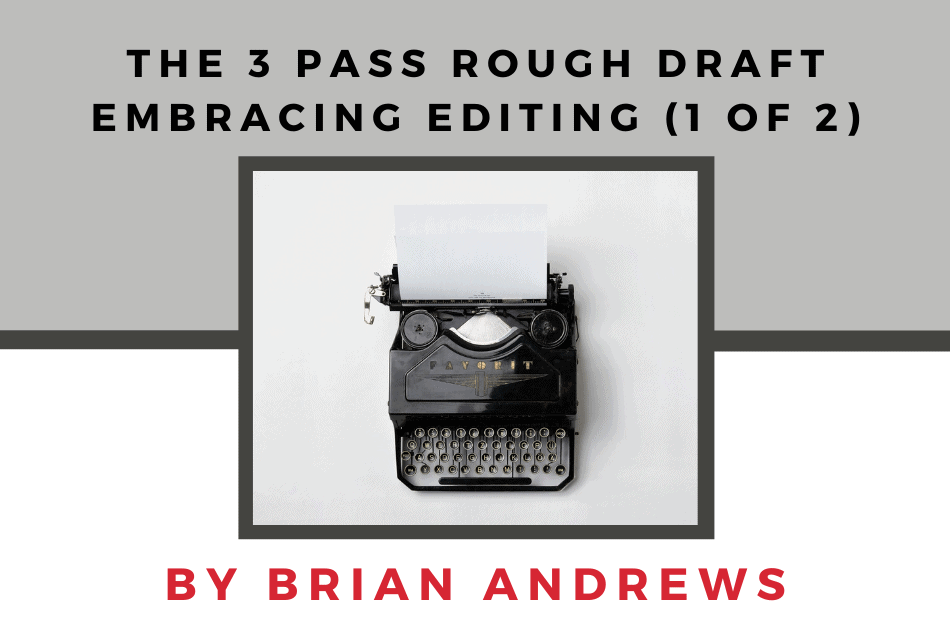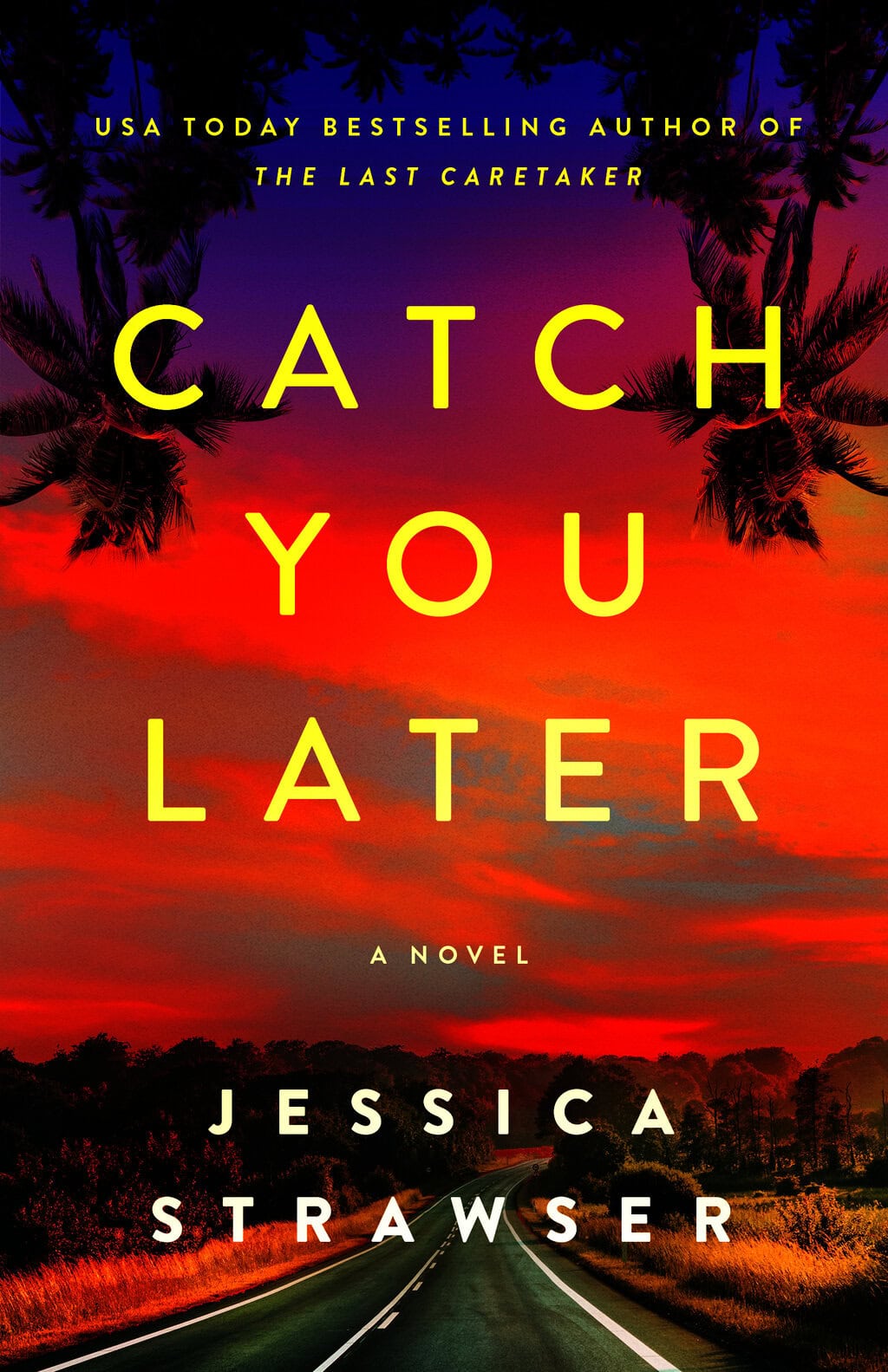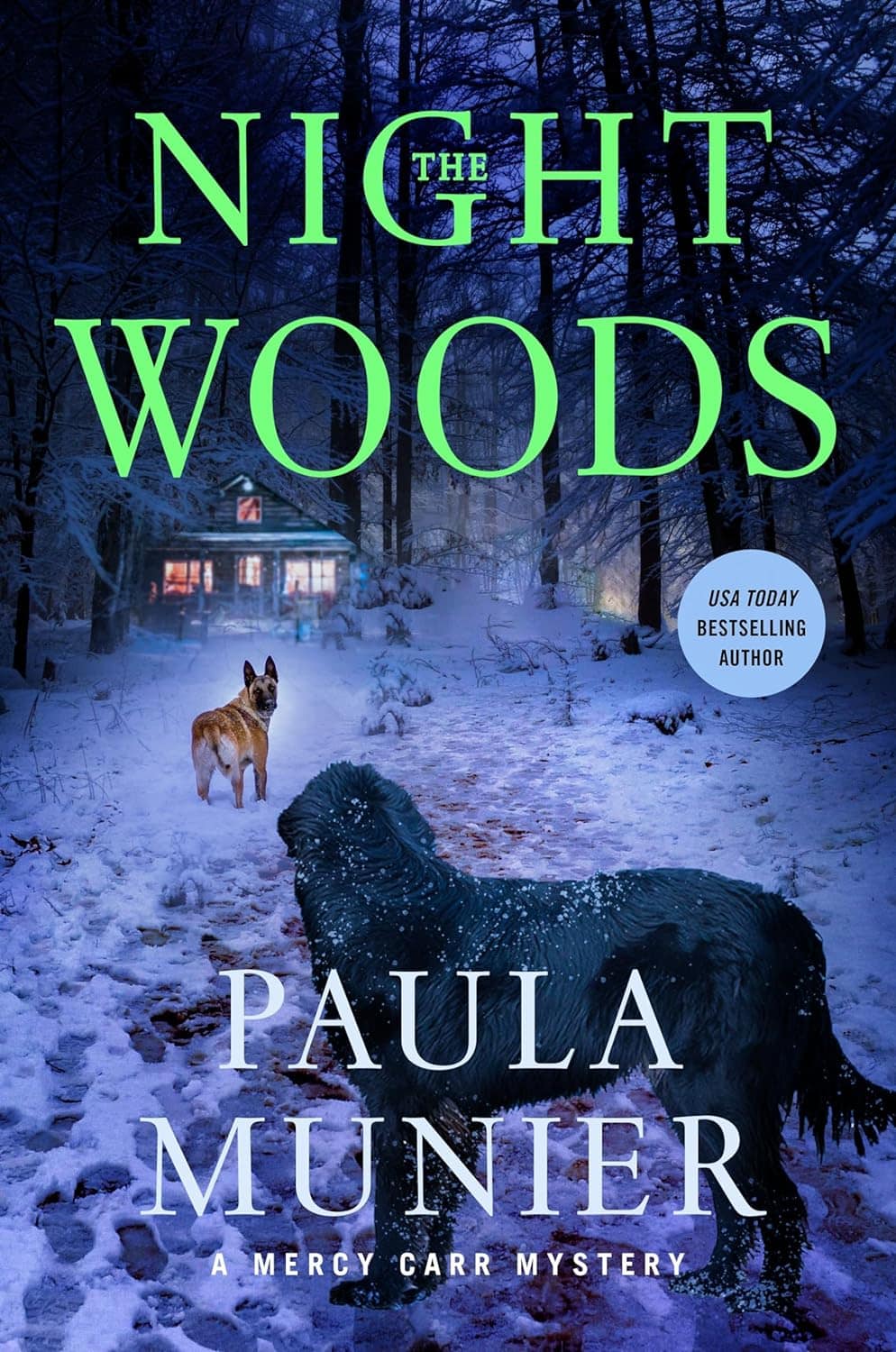Many aspiring authors operate with a dysfunctional understanding of what a rough draft is supposed to be. For some, the rough draft is a never ending work in progress (WIP)—a brass doorknob to never stop polishing. For others, the rough draft is a sprint to the finish where they write like the wind and never look back. I’m here to tell you that neither approach is optimal and the solution lies somewhere in the middle.
In this week’s two part series, I’ll discuss how embracing editing will make you a better writer as well as provide you with a framework to follow during both the rough draft and developmental editing stages.
Perfect is the Enemy of Good.
The first time I heard this idiom, I screwed up my face in confusion, “Huh?” As I mulled it over, however, epiphany finally struck and the ironic paradox made sense. My first novel took me eight years to write. I labored over every sentence, every paragraph, every chapter. I second guessed every plot twist, rewrote dialogue dozens of times, and wasted hours changing one adjective for another trying to find the perfect flair. The process was exhausting, unproductive, and frankly, not very much fun. By trying to write a perfect first draft, I failed to write a good one. Which brings me to the second point…
Give Yourself a Free Pass on Your First Pass
The first pass is your playground, so let yourself to play! If you’ve ever watched kids on a playground you’ll notice that they generally fall into two categories—the wild child and the timid observer. Which kid do you think has more fun?
The first pass is your playground, so let yourself play.
If you don’t allow your imagination to run free, then how do you expect to generate fresh, interesting ideas. The first pass is the time and the place to experiment. Write raw. Get your the unfiltered emotions and thoughts on the page. You can refine and polish the prose later.
Lastly, the first pass is for you and you alone. Your editor doesn’t need to see it and neither should beta readers. This rule is important, because without it you’ll police yourself and that raw, unfiltered voice will be stifled and you’ll be afraid to take chances for fear of criticism. Never give your manuscript to someone before you’ve had ample chance to be your own first critic.
The Second Pass is Where Best Ideas Are Born
Now I know what you’re thinking, I just got done preaching that the first pass is the playground where you can write uninhibited, and now I’m saying the second pass is where your best ideas are born. That’s right, I did not mistype. The distinction is the word “best.”
Think of your second pass as a stress test—where you rip your story, your characters, and your climax apart with a critical eye.
Yes, the first pass is where most of your story ideas and plot elements are born, but first ideas are rarely the best ideas. The second pass is where you put your manuscript through the proverbial wringer. Think of your second pass as a stress test—where you rip your story, your characters, and your climax apart with a critical eye. During your second pass you should be “rewriting” your entire manuscript, asking yourself the following questions as you do:
(1) How do I make things harder for my protagonist?
(2) How do I make my villain more gut-wrenchingly hatable?
(3) How do I increase the stakes?
(4) How do I increase interpersonal conflict between my characters?
(5) How do I add more suspense and uncertainty?
And when you’re done with that, study your chapter breaks. Add hooks to make the reader want to turn the page and start the next chapter.
The secret sauce to keeping any reader invested and turning the pages is to write a book that maximizes the five questions above and has well-crafted and frequent hooks. You can only do this on the second pass…because before you can improve anything, you must have something to work with!
Third Pass, Read It Out Loud
A funny thing happens when you read your work out loud. All those amazingly brilliant, incredibly descriptive sentences that you were so proud of suddenly have your tongue tripping over your teeth. Instead of Shakespeare, your prose reads like Encyclopedia Brittanica. You can’t find a cadence. Instead of a strong, rhythmic heartbeat, your prose reads like a heart in A-Fib. Have no fear, reading aloud is the solution.
Reading your book aloud will help you identify:
(1) Run-on and too long sentences.
(2) Clunky and confusing prose
(3) Missing words and typos
(4) Awkward and unnatural dialogue
In my opinion, the last item on the list—speaking your dialogue aloud—is the most valuable part of the exercise. It’s natural for a writer’s voice from her prose to creep into the dialogue and make it sound unnatural. Only by reading your dialogue aloud, can you edit it to reflect how people actually talk. Also, reading aloud will help you identify places where your beats and tags detract rather than enhance the exchanges.
If you do all of the above, then and only then, do you have a proper rough draft that is ready for submittal to your editor or a beta reader for feedback.
Join me on Wednesday for Part 2 as we discuss Development Editing.
If you enjoyed today’s post, please comment and share this post on Twitter or Facebook.





